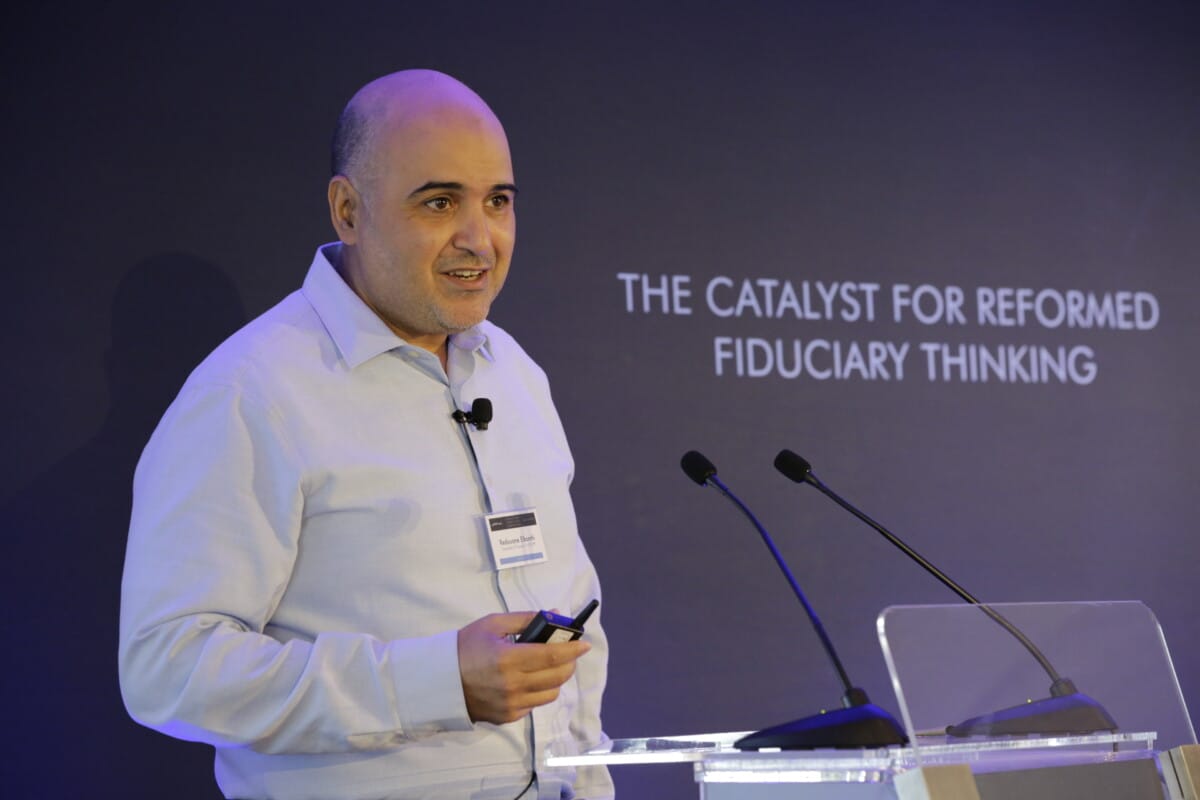New Zealand Super has pulled back its strategic tilting positions for the first time since the program was introduced in 2009, as it sees most asset classes returning to long-term fair value.
The strategy has added an annualised return of 1.2 per cent for the NZ$34 billion ($24 billion) sovereign wealth fund since inception; however, David Iverson, head of asset allocation at New Zealand Super, says prices are now closer to fair valuations, so the relative sizes of the tilt positions will be pared back.
The tilting decisions are driven by the fund’s view on how current prices compare with estimates of the fair value of assets based on long-term fundamental and economic factors.
Even though the tilting is executed through short-term trades, Iverson is firm that it is a long-term strategy, because it is all based on long-term valuations. Momentum, for example, is not a signal the fund uses in its tilting decisions, because it is a short-term behavioural signal.
The relative sizes of the positions are determined by how far current prices have deviated from the fund’s assessment of fair value and the relative confidence in tilting that asset.
“We started this program after the [global financial crisis] and have had those positions on for a long time. Now we see prices closer to our fair valuations and there is less opportunity,” Iverson says. “This is new for us…Prices are closer to our fair values in equities and currencies.
“One of our beliefs is that a long-horizon investor can outperform short-horizon investors. We can do everything short-horizon investors can do, and more,” Iverson says. “The illiquidity premium is a fact, but that is not the only way to act long term. You can also take advantage of short-term activities.”
More active in unlisted assets
The fund does its strategic tilting in-house, and has a team of four dedicated to it, partly to reduce transaction costs, but primarily because of the difficulty in getting a manager to maintain the discipline of acting long term while transacting in the short term.
While the strategic tilting program, which has done much of the heavy lifting for the fund over the past seven years, will not be as active, the fund is taking active risk in a number of other areas, particularly in unlisted, including timber – which is run internally – distressed debt and life settlements.
All of its active risk decisions are based on a long-term outlook.
“For example, in distressed credit, we look at where we are in the cycle and how attractive it is, our views on loan default rates, downgrades versus upgrades, spreads in the credit bands, where we are in the cycle and the ride through. We have been in distressed for a while. We were in European distressed debt, now the US has started sparking and we’re looking at that,” he says.
The fund’s timber allocations are primarily managed in-house, while European distressed debt is managed externally (by Bain), as is US life settlements (by Apollo).
New Zealand Super uses a reference portfolio to benchmark the performance of its actual investment portfolio and the value it is adding through active investment strategies. The reference is a low-cost, passive, listed investments portfolio split 80:20 between growth and fixed income investments.
About two-thirds of the fund is invested passively and in line with the reference.
As an active investor, NZ Super then adds value to the fund using illiquid assets, manager selection and trading activities.
The fund’s active risk falls into five baskets: asset selection; market pricing – arbitrage, credit and funding; market pricing – broad markets; market pricing – real assets; and structural.
The strategic tilting falls into the market pricing – broad markets bucket. Timber and life settlements fall into the structural bucket.
At the end of February 2017, the actual asset-class exposure of the fund was global equities (66 per cent), fixed income (11 per cent), timber (5 per cent), private equity (5 per cent), New Zealand equities (4 per cent), infrastructure (3 per cent), other private markets (3 per cent), other public markets (2 per cent) and rural farmland (1 per cent).
In the 12 months to the end of March 2017, the fund returned 23.14 per cent versus the reference portfolio of 19.78 per cent; in effect, adding 3.36 percentage points over the year.
Since inception in 2003, New Zealand Super has returned 10.04 per cent, versus the reference portfolio of 8.67 per cent.



